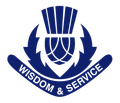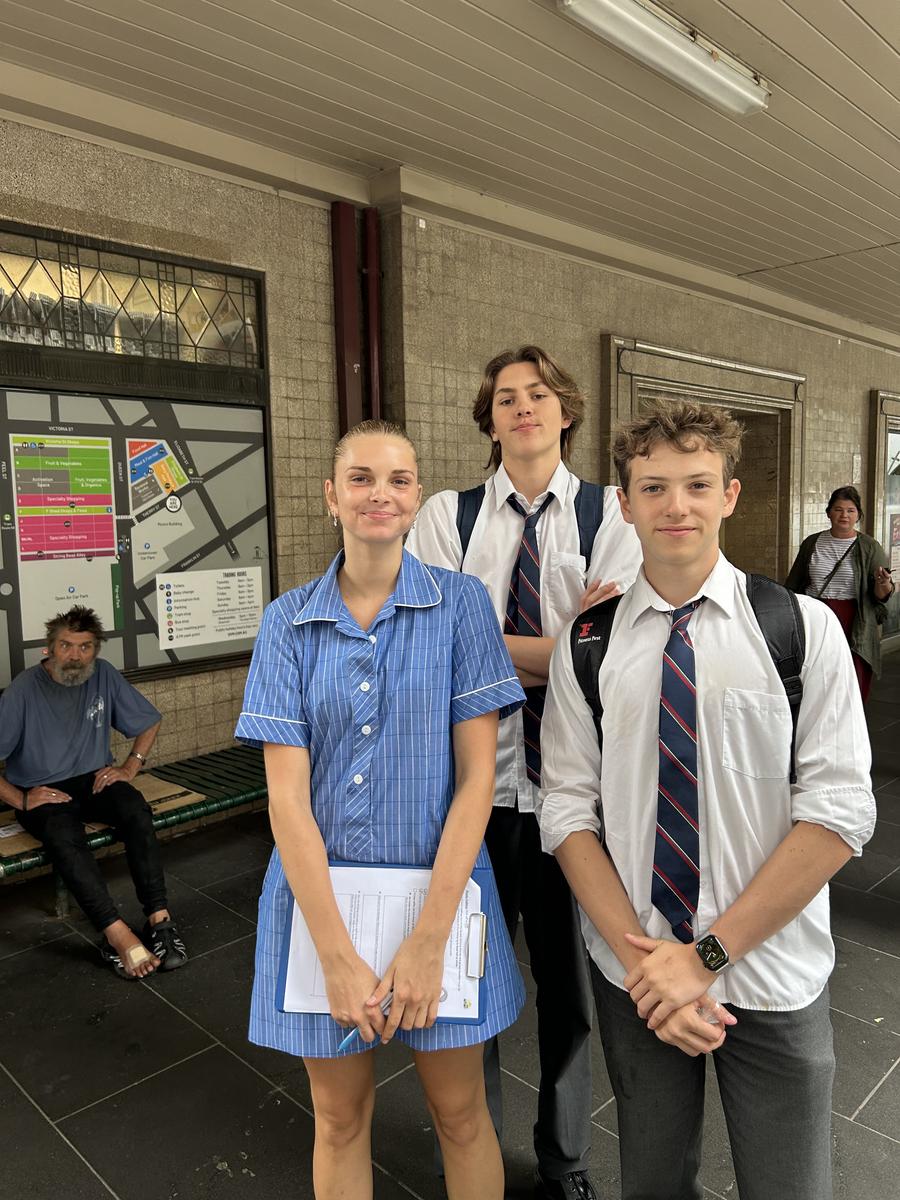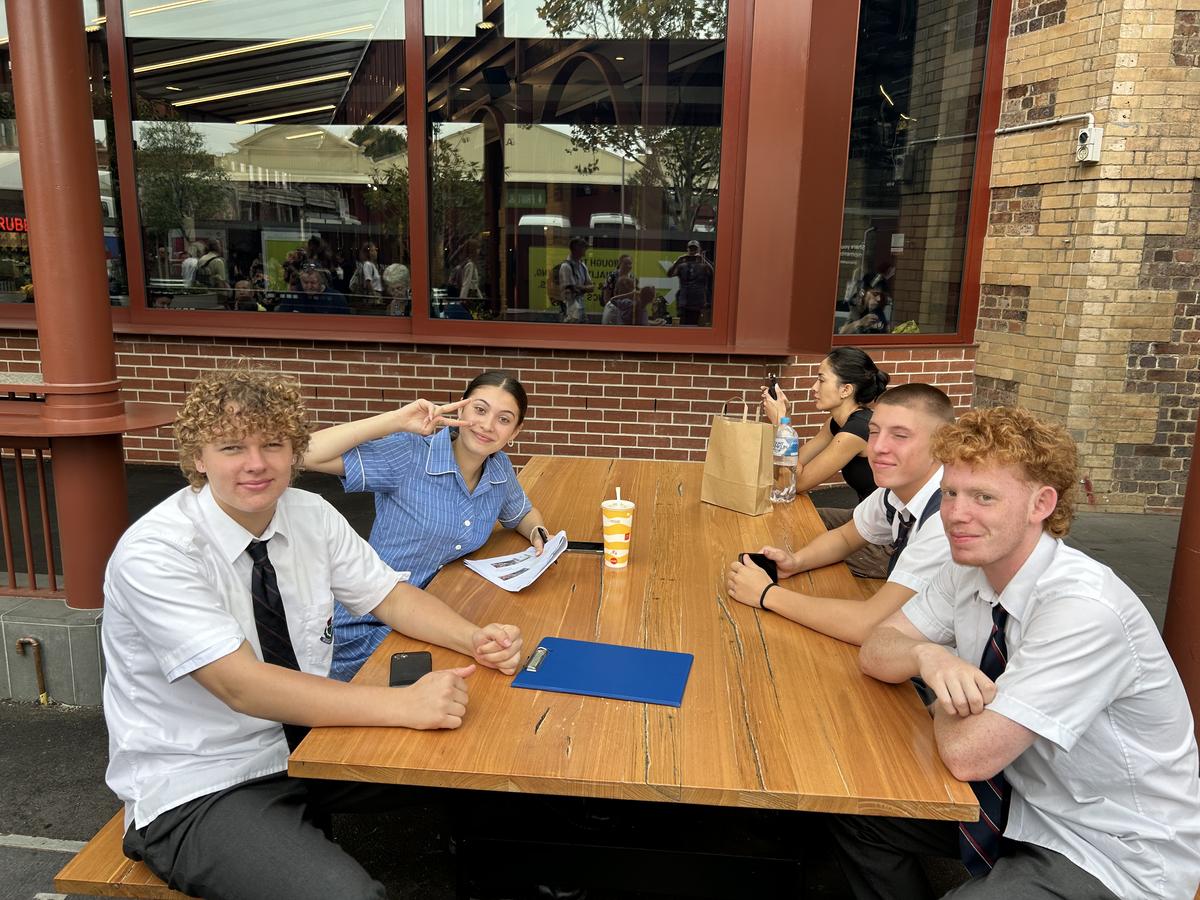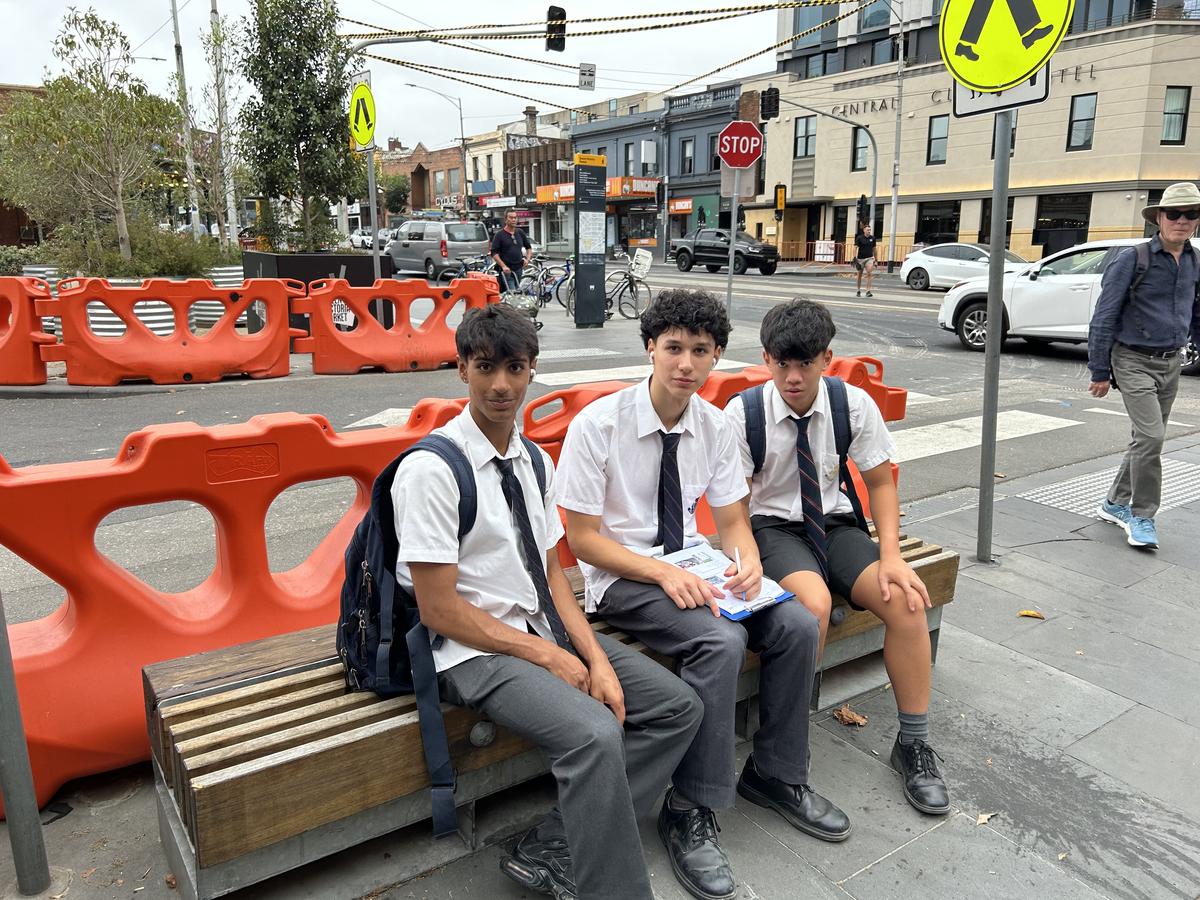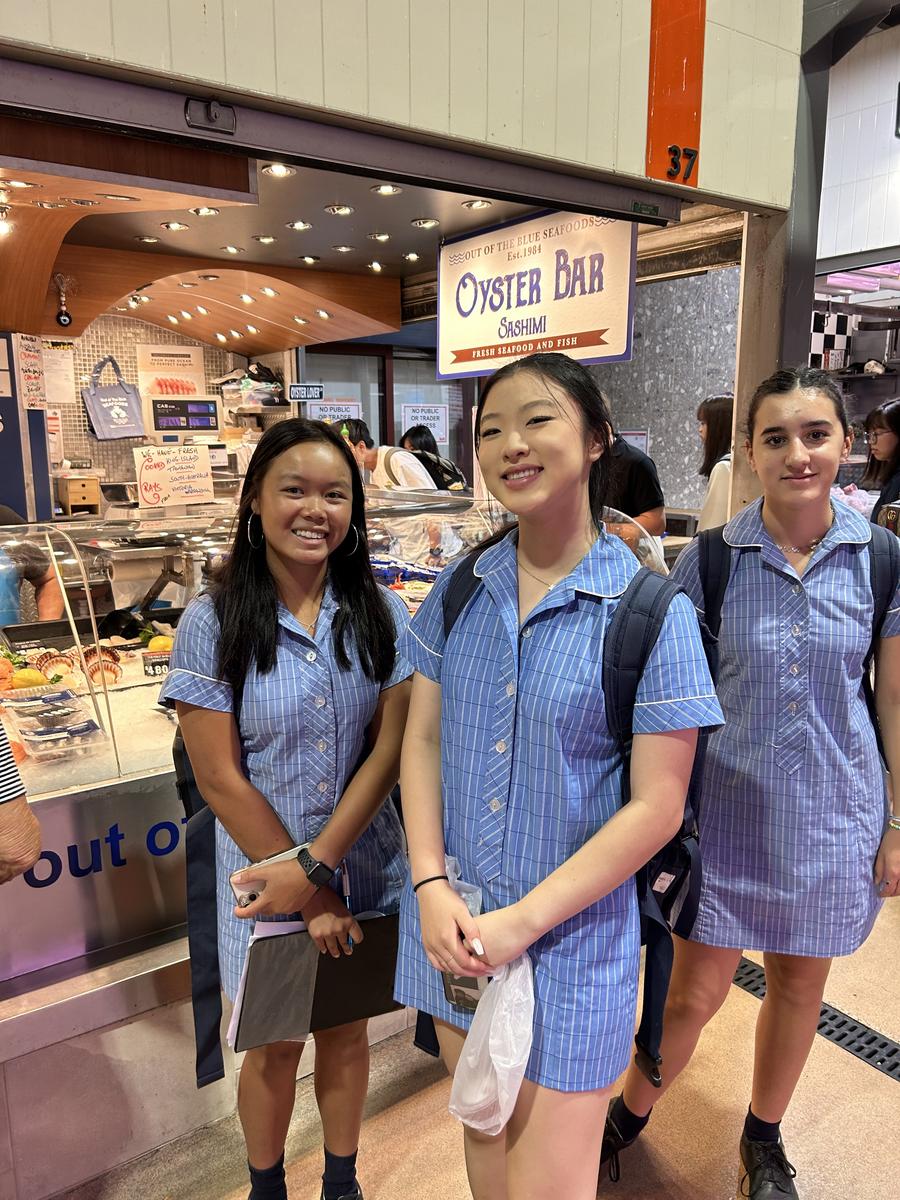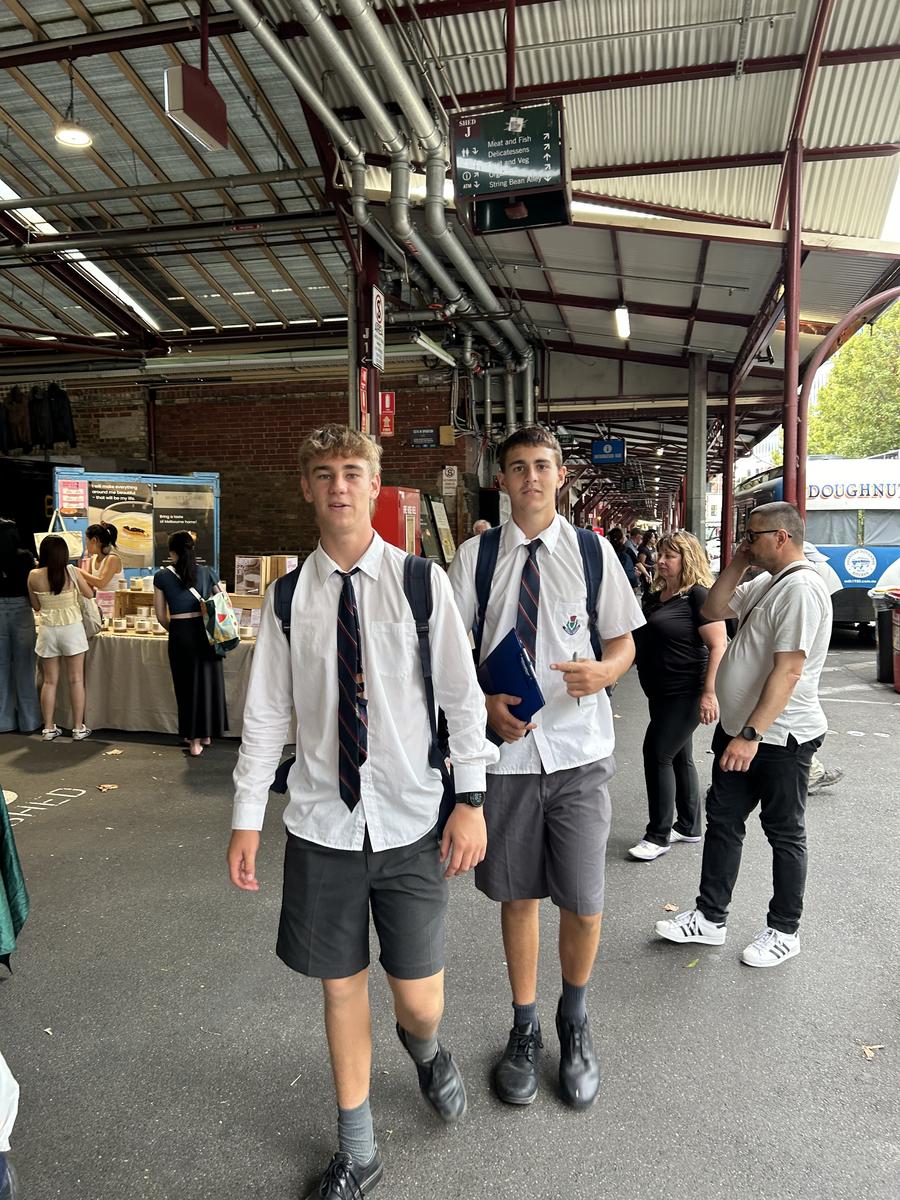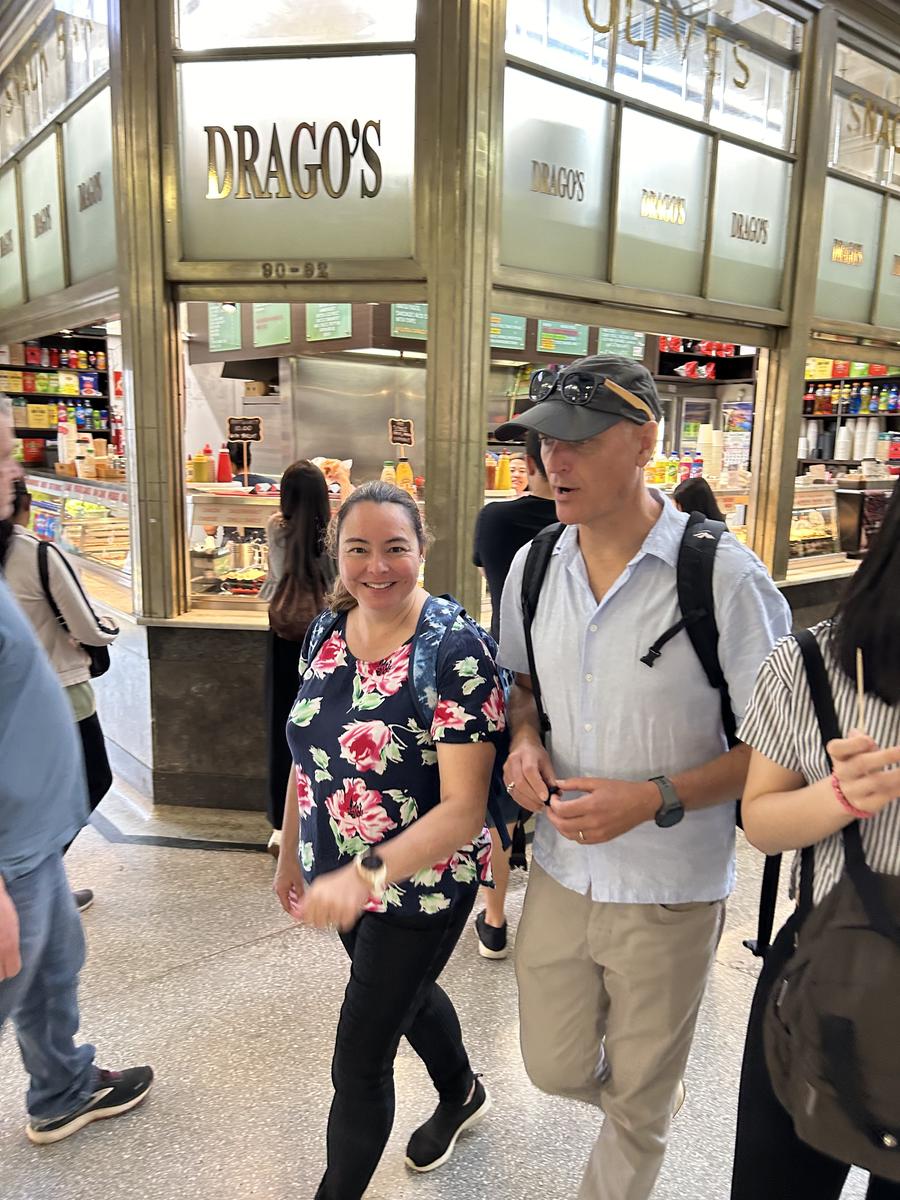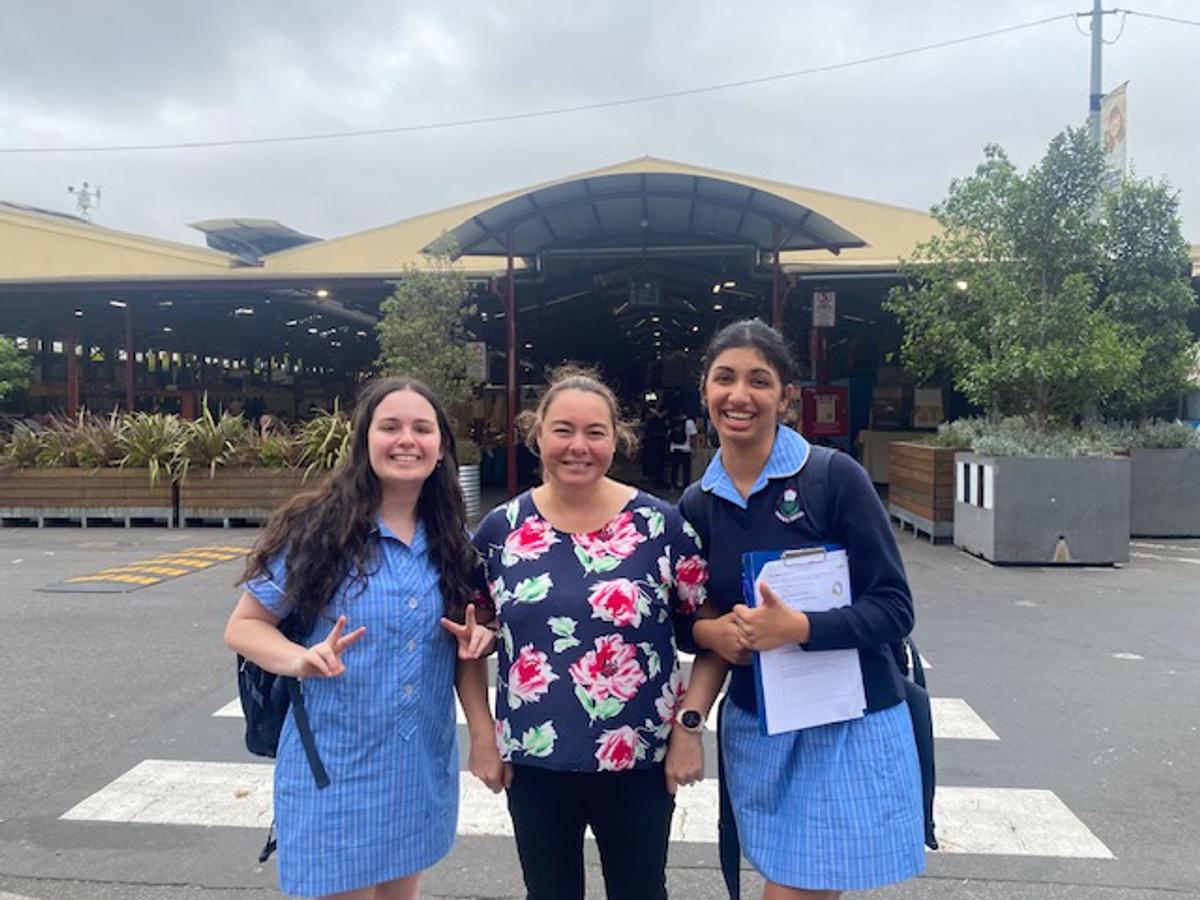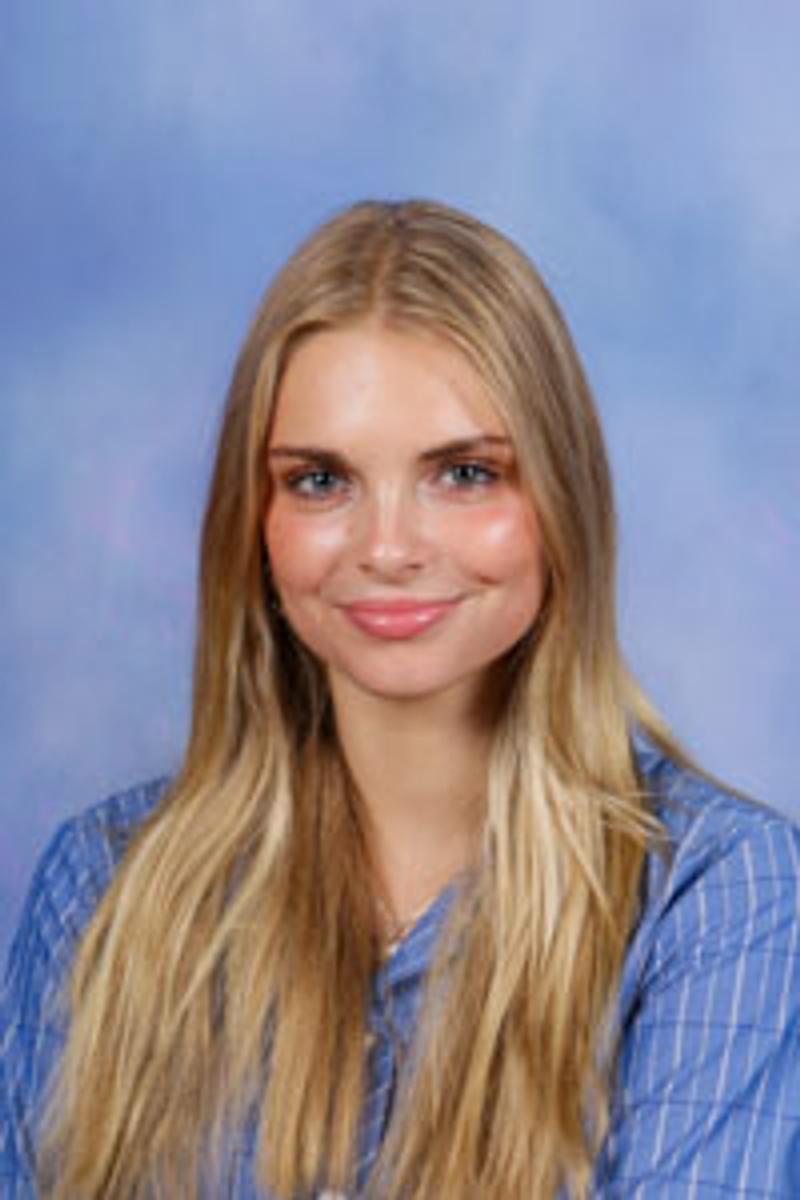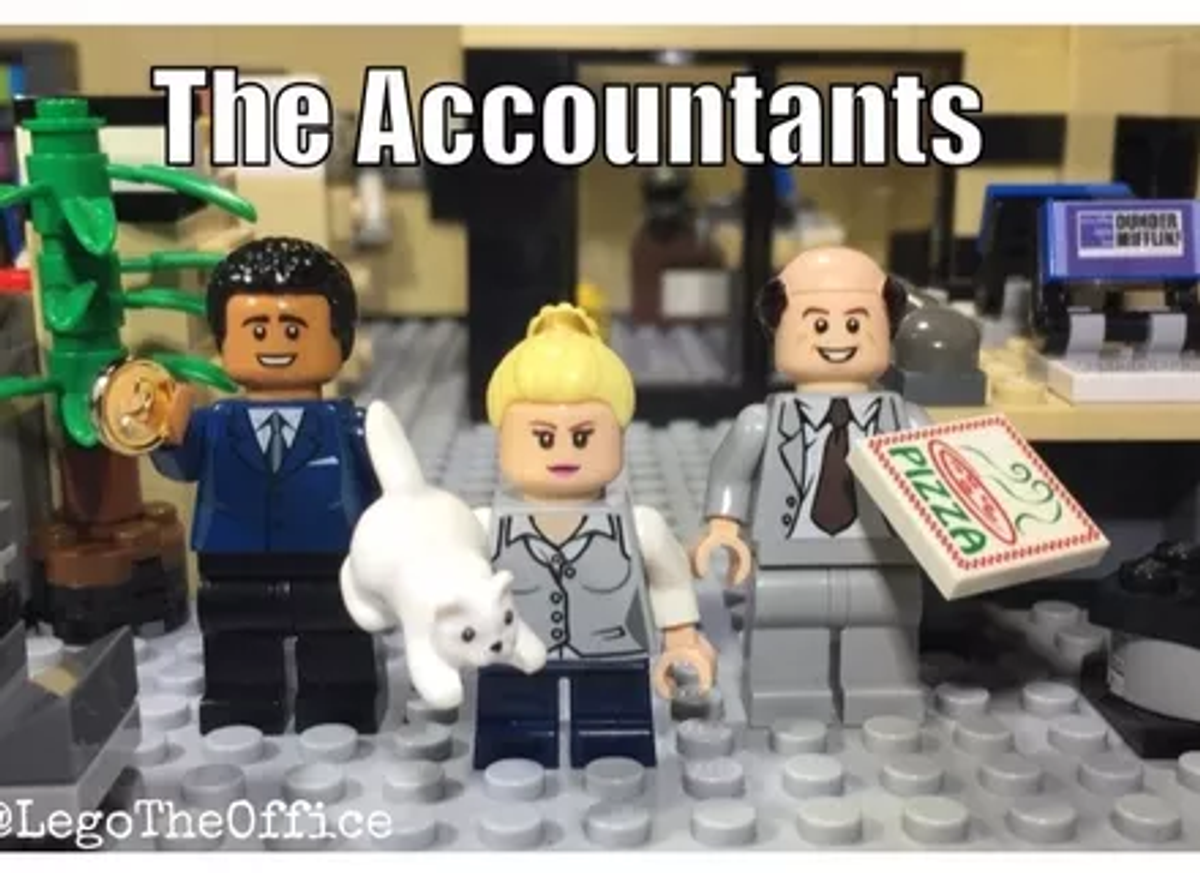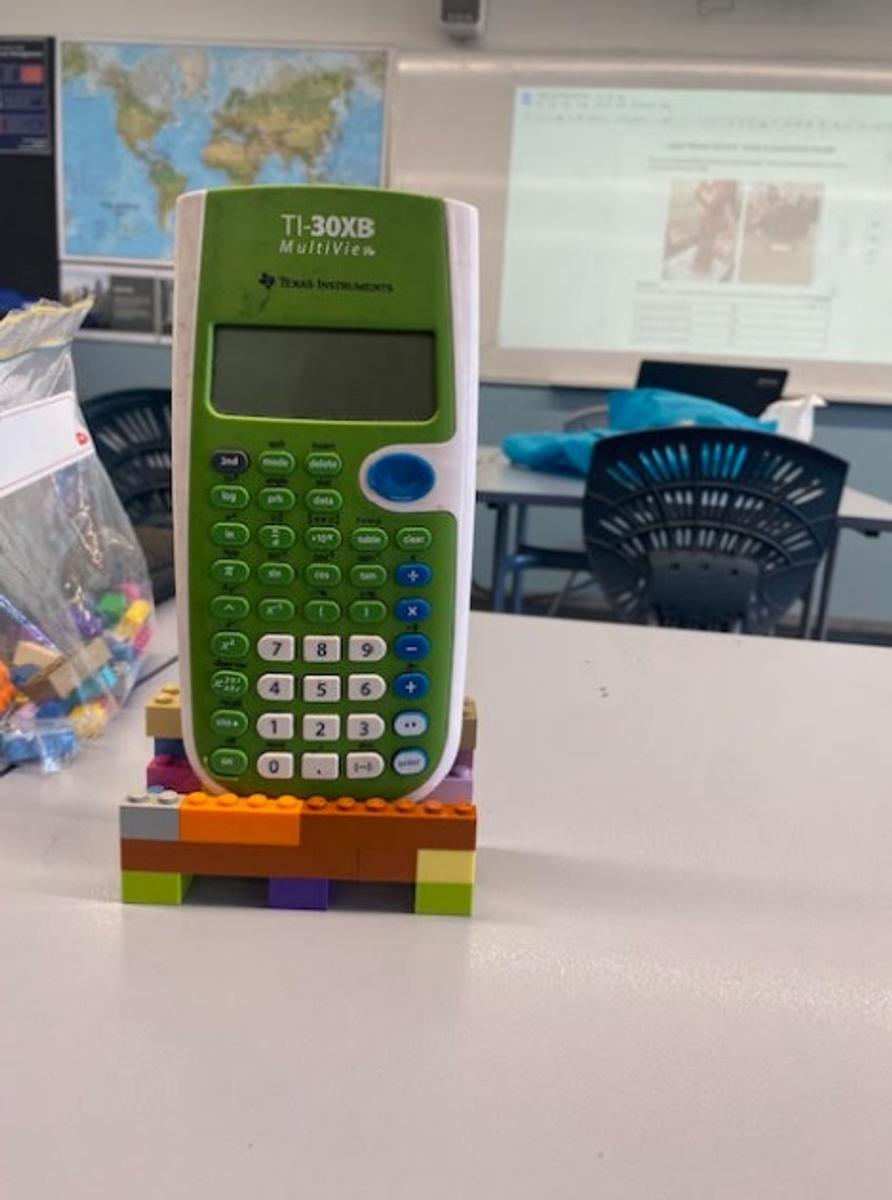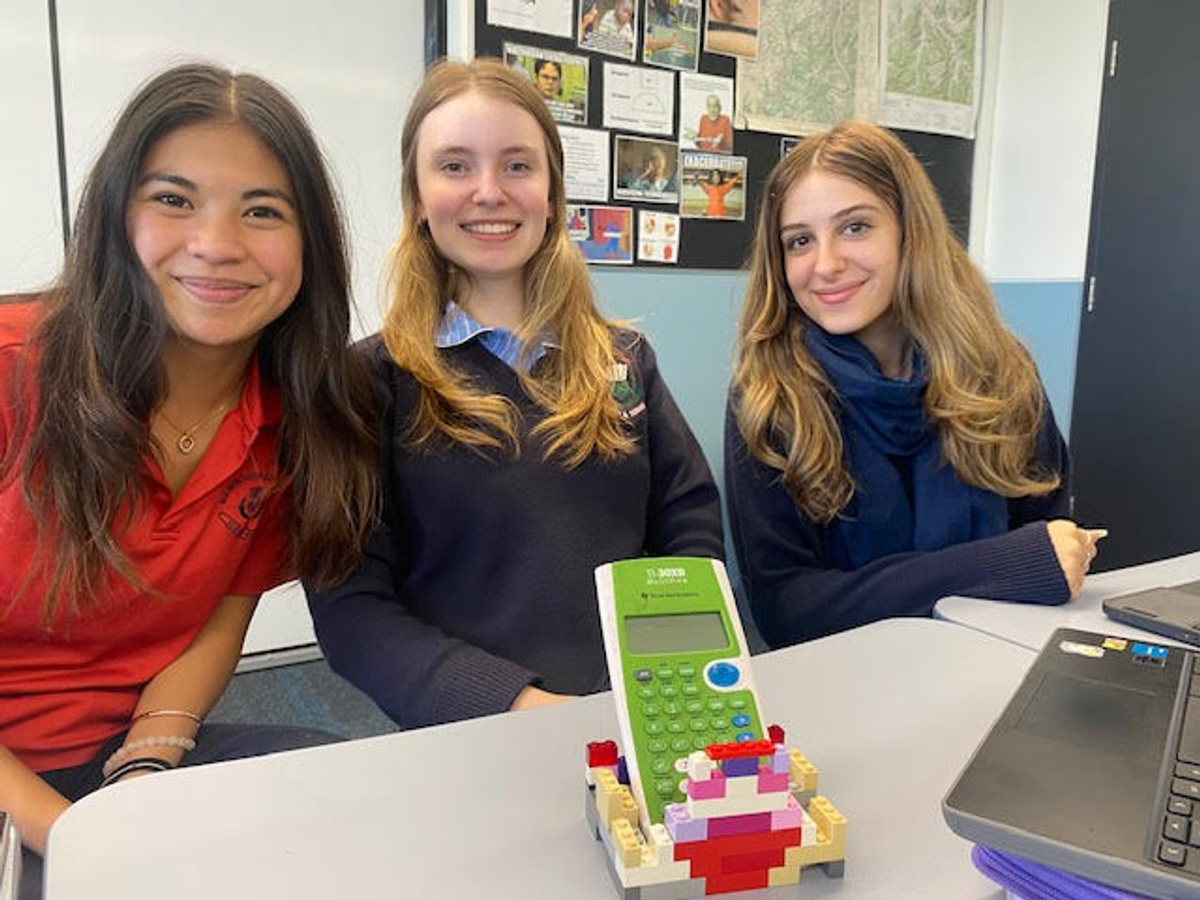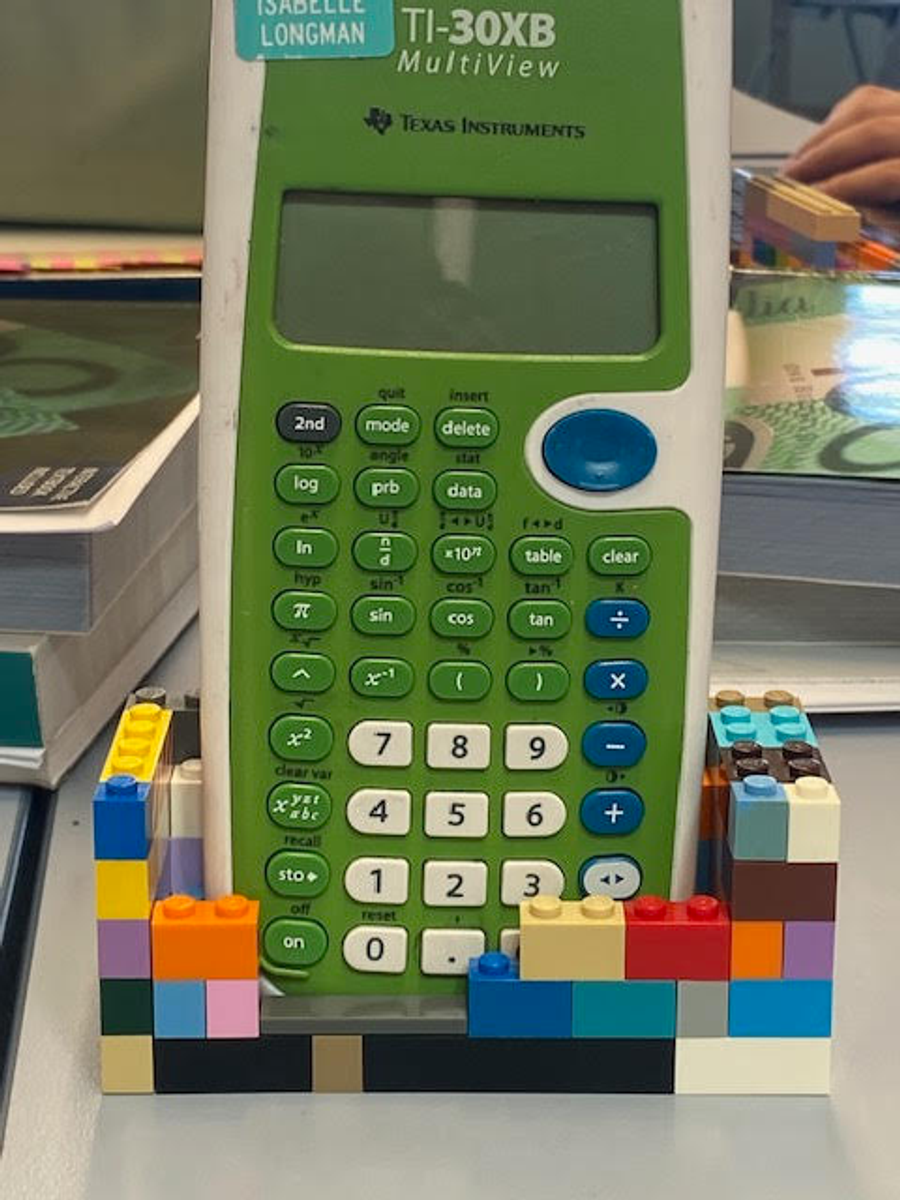HUMANITIES

YEAR 11 BUSINESS MANAGEMENT: QUEEN VICTORIA MARKET RESEARCH EXCURSION
The Year 11 VCE excursion to the Victorian Market for Business Management was an enriching experience that provided valuable insights into the practical aspects of business operations. Throughout the excursion, me and our peers learned about various business concepts and strategies, observed real-world applications of these principles, and gained critical knowledge.
During the excursion, we had the opportunity to explore different types of food trucks. We learned about the importance of market research, branding, and customer service in attracting and retaining customers. Additionally, we observed how businesses manage their operations efficiently to meet customer demand while maintaining profitability.
One of the highlights of the excursion was interacting with food truck owners, customers and learning about their experiences in starting and running their businesses. Their stories provided insights into the challenges and opportunities in the food industry, inspiring us to think creatively and strategically about the creation of our own food truck project.
Throughout the entirety of the excursion, we noticed the importance of factors such as location, product quality, pricing, and marketing in driving business success. These observations reinforced the theoretical concepts we had learned in class and highlighted their practical applications in the real world.
We enjoyed the excursion because it was not only educational but also interactive and engaging. Being able to taste different foods, talk to business owners, and explore the vibrant atmosphere of the market made the learning experience enjoyable and memorable. We were able to develop a comprehensive business plan that incorporated these principles and strategies.
Overall, the excursion provided us with practical knowledge, inspiration, and confidence to pursue our learning objectives with an open mind.
And lastly, I would like to thank our Business Management teachers, for organising this wonderful excursion. It was a fun and memorable experience.
Scarlett Maxwell Year 11
YEAR 11 ACCOUNTING LEGO REFLECTIONS
In Year 11 accounting this week students used Lego to build a calculator holder. From there they calculated the costs and selling price of the holder using various pricing methods including adding a mark-up value to cost value.
Angela Goile
Accounting Teacher
Below are some student reflections on the task:
“I found it really fun, especially as the activity allowed me to coordinate with my good friend Mark who obviously had experience in Lego making and was very useful for the task. This task developed my accounting skills.”
“The Lego pricing activity helped me to learn in an interactive and engaging way how to calculate markups, the break-even point and amount of profit. In addition, I have learnt how to apply the cost-volume-profit analysis formula to calculate the amount of a product that needs to be sold in order to achieve a certain profit.”
“Although we had learnt these formulas prior to the Lego activity, the concepts were more coherent after it was put into practice in a creative and fun way!”
“I really learnt a lot in this activity, I enjoyed being able to apply my knowledge to a hands-on activity. It pushed me to think in a different way”.
“This activity was helpful as we learnt about sales and pricing hands on. Being able to work with my friends to create something out of Lego that we pretended to sell, was entertaining and kept me engaged. Working out the prices and markups helped me learn more about sales and accounting in general. It was a very enjoyable activity as we had creative control.”
“This task strengthens my knowledge of pricing and accounting. Using the Lego to build Lego holders and then calculating the material costs and variable costs was extremely fun. This hands-on experience made learning about pricing easier because you got to experience pricing from the perspective of a business owner.”
“I was able to become more confident in my knowledge around all our accounting stuff we've learnt in class so far. It was a fun way to revise and test my understanding.”
“This Lego activity was so fun! The use of Lego really helped me work out the problem and it felt like a real-life situation. We learnt how to calculate mark up prices, selling prices and profit costs! This activity really helped expand my knowledge on pricing!”
Year 11 Accounting students
VOLCANIC ACTIVITY IN THE WORLD AT THE MOMENT?
We like to think of the world being static - after all humans only live on average for 70 to 80 years and the world doesn’t change an awful lot in this time. However, the world is 4.5 billion years old, and it has transformed from a planet with no atmosphere or life to one with complex oceanic and atmospheric interactions and somewhere between 8 and 9 million different species. One of the main reasons that many of these changes have come about is through the actions of volcanoes.
Volcanoes are an incredibly important part of the ‘tectonic’ story of our amazing planet. The Earth is made up of three main layers: a very hot solid core, a warm plastic mantle and a hard outer crust. As heat dissipates from the core, it warms the mantle and causes warm plumes to rise through the mantle - a bit like a plume of bubbles rising in a boiling pot of water. As the warm plume reaches the surface, the crust deforms and splits and a volcano is formed. Here the lava comes through, a new ocean floor is formed and the two sections of crust become two continental plates.
The resulting plates then begin their movement across the Earth’s surface in a process called plate tectonics. The plates move very slowly at a few centimetres a year, however, over geological time of millions of years it means that plates can move thousands of kilometres. In fact, the continental plates have moved backwards and forwards across the Earth several times during geological history - a process known as Wilson Cycles.
This is exactly what is happening in Iceland. Iceland sits right over what is referred to as the northernmost part of the mid Atlantic Ridge, with the Eurasian plate on one side and North American plate on the other. Iceland sits proudly in the middle of the ridge, along with a number of shield volcanoes which help to bring magma up to the surface so it sits above sea level. Iceland has essentially formed as a result of the magma that has been forced out of these and is a “new country” as it was formed only 25 million years ago - in contrast Australia contains rocks that are 4.5 billion years old!
It is believed that Iceland sees a cycle of new volcanic activity once every 800 -1000 years so what is happening now is a normal part of the Earth’s activity. In this case, a 15 km magma tunnel has developed underneath the Reykjanes Peninsula which fueled the creation of new volcanoes - and hence vents for magma to reach the surface. The rift that has opened down the middle of Iceland will eventually split Iceland into two separate pieces of land and there will be another sea between them. This is only opening at a rate of about 2.5 cm a year so none of us will be visiting the new ocean! Along with the volcanic activity in Iceland there is also a lot of seismic activity - resulting in numerous earthquakes. Most of these are small, however, some have been significant with the largest recorded at Richter 6.6. Scientists are unsure how long this episode of volcanic activity will last but suspect it to be on the scale of decades rather than months.
Dr Kate Brown
Geography
